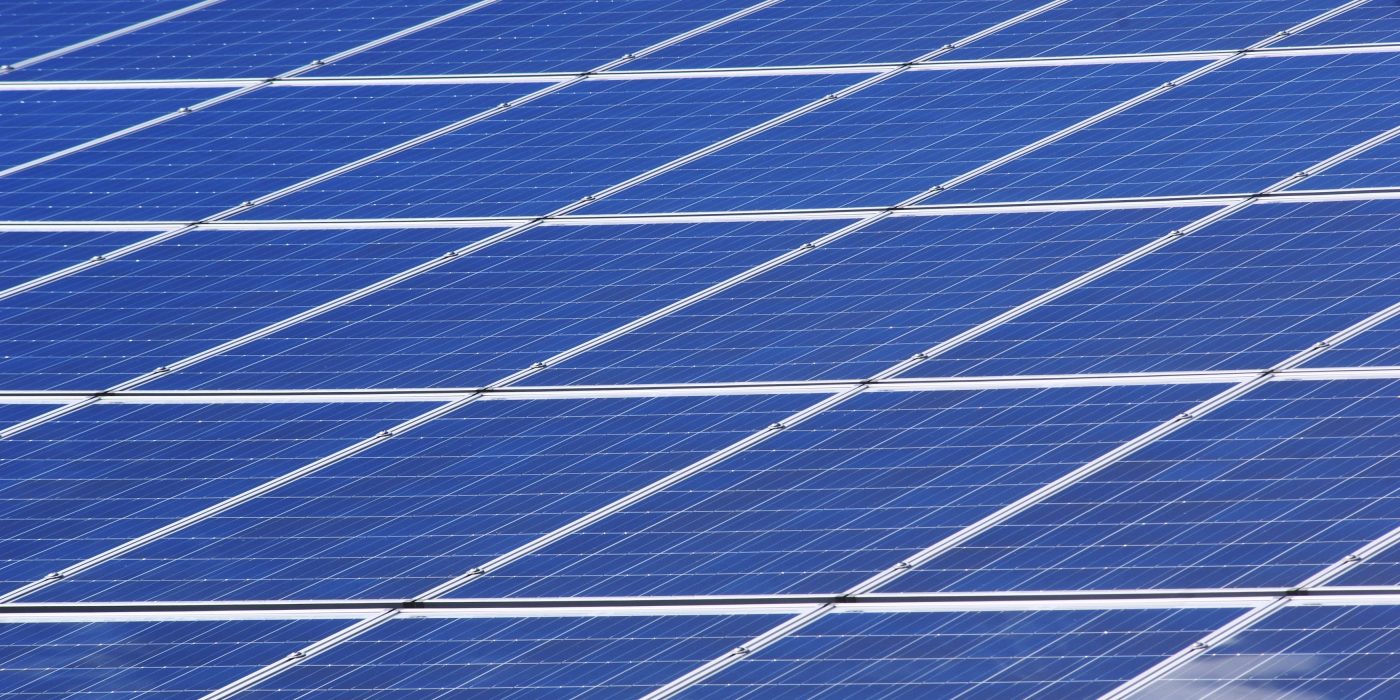Frequent power outages, rising electricity bills, and the urgent need for cleaner energy are driving Ugandan households, businesses, and organizations toward solar solutions. Among these, solar panels have emerged as a reliable and cost-effective option, offering long-term savings while enhancing energy security. In this guide, we’ll walk you through essential insights—why solar panels are a smart investment, how to select the right system, installation best practices, and tips for maximizing performance. By the end, you’ll understand not only the tangible benefits of going solar but also why partnering with KWT Tech Mart ensures a seamless transition to renewable energy.
1. Why Solar Panels Matter for Uganda
1.1 Addressing Energy Reliability
Uganda’s national grid, though improving, still experiences occasional brownouts and load-shedding—particularly in remote areas. For households, neighborhoods, and businesses that depend on uninterrupted power (for lighting, refrigeration, security cameras, or water pumps), grid instability can translate into lost productivity or compromised safety. By generating electricity on-site, solar panels reduce reliance on the grid and guarantee power continuity, even during national outages.
1.2 Long-Term Cost Savings
While the initial investment in solar panels and associated equipment can be significant, the return on investment (ROI) over 5–10 years is compelling. Solar panels typically have a lifespan of 25–30 years, and modern polycrystalline or monocrystalline modules degrade at less than 1% per year. Once installed, you effectively “lock in” a portion of your electricity costs. Instead of paying increasing utility tariffs, your household or business benefits from predictable energy expenses. Over time, the cumulative savings often exceed the upfront capital outlay.
1.3 Environmental and Social Impact
Using solar panels dramatically reduces carbon emissions compared to diesel generators or fossil-fuel-based grid power. For NGOs, water and sanitation companies, and community-driven projects, adopting solar aligns with sustainable development goals: clean energy, reduced pollution, and improved public health. Even at the individual level, homeowners who prioritize eco-friendly lifestyles contribute to a collective reduction in Uganda’s carbon footprint.
2. Understanding Solar Panel Basics
Before diving into procurement, it’s crucial to grasp how solar panels work and the components that complement them within a system.
2.1 How Solar Panels Generate Electricity
Each solar panel contains photovoltaic (PV) cells—typically made from silicon—that convert sunlight into direct current (DC) electricity. When sunlight hits the cells, electrons become excited and flow through the material, producing electrical energy. This DC power is then fed into an inverter which converts it into alternating current (AC) suitable for household or commercial use.
2.2 Key Components of a Solar Setup
- Solar Panels: Usually rated in watts (W) per panel. Common polycrystalline modules range from 250 W to 350 W per panel.
- Inverter: The “brain” of your system, ensuring DC electricity becomes usable AC power. Hybrid inverters can also manage battery charging and grid feedback.
- Battery Bank (Optional): If you aim for power during nighttime or extended grid failures, batteries (lead-acid or lithium-ion) store surplus energy.
- Mounting Structure: Secures panels on rooftops or ground mounts, optimized for tilt angle (typically between 10° and 15° in Uganda to maximize solar exposure).
- Balance of System (BoS): Includes wiring, combiner boxes, fuses, disconnect switches, and monitoring devices.
3. Selecting the Right Solar Panels
Not all solar panels are created equal. Your choice will influence efficiency, lifespan, and overall ROI. Consider the following factors:
3.1 Panel Type: Polycrystalline vs. Monocrystalline
- Polycrystalline Panels (Poly Panels): Made from multiple silicon crystals melted together, these panels typically offer 15%–17% efficiency. They are more affordable than monocrystalline options, making them popular for budget-conscious projects without sacrificing reliability. For users balancing cost and performance, polycrystalline modules are a solid choice.
- Monocrystalline Panels: Manufactured from single-crystal silicon, they boast higher efficiency rates (18%–22%) and slightly better heat tolerance. While they come at a premium price, they generate more power per square meter—an advantage if roof or ground space is limited.
At KWT Tech Mart, you can browse a variety of solar panels tailored to different budgets and space constraints, including both polycrystalline and monocrystalline options.
3.2 Efficiency and Temperature Coefficient
Efficiency indicates how much sunlight a panel converts into electricity. However, Uganda’s equatorial climate means high ambient temperatures; panels become less efficient as heat increases. Check the manufacturer’s temperature coefficient rating—panels with lower (more negative) coefficients retain performance better on hot days. Over a 25-year lifespan, even small differences in efficiency translate to substantial energy yield variations.
3.3 Durability, Warranty, and Quality Certifications
Look for panels with at least a 10-year product warranty and a 25-year performance guarantee. Quality manufacturers will provide IEC certifications and TÜV/UL testing results confirming resistance to hail, high winds, and moisture ingress. These details signal that panels can withstand local weather patterns, dust, and occasional heavy rainfall without premature failure.
3.4 Balance Between Upfront Cost and Long-Term Value
While cheaper panels reduce initial capital needs, they may degrade faster or come with limited support. Conversely, premium panels with robust warranties may cost more but reduce maintenance headaches and replacement expenses. Analyze the levelized cost of electricity (LCOE) over the system’s expected life to make an informed decision.
4. Designing a Solar Panel System for Your Needs
A properly sized system ensures you meet your energy demands without unnecessary costs.
4.1 Conducting an Energy Audit
Start with a detailed audit: list every appliance, device, and equipment you plan to power via solar (lighting, refrigerators, pumps, CCTV cameras, and electronics). Note their wattage and average daily run-time. Multiply wattage by hours of use to calculate kilowatt-hour (kWh) consumption per day. Summing these figures yields the total daily energy requirement—crucial data for system sizing.
4.2 Calculating Array Size
Divide your daily kWh need by the average daily peak sun-hours (PSH) in Uganda, which range from 4 to 6 hours depending on location. If you consume 20 kWh daily and receive 5 PSH, you’d need a 4 kW solar array (20 kWh ÷ 5 PSH = 4 kW). Account for system inefficiencies—wiring losses, inverter inefficiencies, dirt accumulation—by adding a buffer (typically 20%). In that case, you may choose a 5 kW array to ensure adequate energy.
4.3 Battery Sizing (If Applicable)
If you want nighttime backup or off-grid operation, you’ll need a battery bank sized to your overnight consumption. For example, if your critical loads draw 10 kWh at night, and you desire two full backup days, you’d need 20 kWh of usable battery capacity. Lead-acid batteries should not be discharged below 50% state of charge (SoC), so double your required capacity (40 kWh). Lithium-ion batteries allow deeper discharges—often 80% SoC—so you’d need roughly 25 kWh of battery capacity.
4.4 Considering Future Expansion
Believe your energy needs might rise? If you plan to add new appliances or expand office space, design the system with expansion in mind. Leave room on your roof for additional panels or ensure your inverter can support more modules and a larger battery bank later on.
5. Installation Best Practices
A well-installed system maximizes output, minimizes maintenance, and ensures safety.
5.1 Site Assessment and Roof Integrity
Before installing panels, inspect your roof’s structural condition and orientation. South- or southwest-facing roofs capture optimal sunlight in Uganda’s latitude. Ensure the roof can bear the weight of panels and mounting rails. If space is limited, ground-mounted arrays—preferably on level, unshaded land—are an excellent alternative.
5.2 Proper Mounting and Tilt Angle
Install mounting rails securely to rafters or beams using corrosion-resistant hardware. For rooftop panels, a tilt angle equal to your latitude (approximately 0°–4° in Uganda, given its proximity to the equator) maximizes year-round energy production. Adjustable mounts let you tweak angles seasonally, boosting output during peak demand periods.
5.3 Electrical Wiring and Safety Measures
Use appropriately sized wires, conduits, and DC/AC disconnects. Ensure all connections are weatherproof—especially at roof junction boxes—to prevent water ingress. Ground panels, racks, and framing to reduce the risk of electric shock and lightning damage. Inverters should be placed in shaded, well-ventilated areas away from direct sunlight and moisture.
5.4 Commissioning and Performance Testing
After installation, verify each panel’s output using a multimeter under standard test conditions (STC). Check inverter settings: grid-tie inverters should synchronize with local grid frequency and voltage. If using a battery bank, confirm that charge controllers correctly regulate the battery’s state of charge (SoC). Perform a baseline performance test—capture initial production data for comparison over time.
6. Maintenance and Monitoring
Solar panels are low-maintenance, but regular care ensures they function at peak efficiency.
6.1 Cleaning Schedule
Dust, pollen, bird droppings, and debris can reduce panel output by up to 15%. In drier regions of Uganda, monthly cleaning with a soft brush, mild detergent, and water is typically sufficient. During the rainy season, natural precipitation removes most dust, but cleaning may still be necessary every 6–8 weeks.
6.2 Inspecting Wiring and Mounts
Every six months, inspect mounting hardware for signs of corrosion or loosening—tighten bolts as needed. Check wiring conduits for rodents or insect damage. Replace any frayed cables or cracked junction boxes immediately to prevent performance loss or safety hazards.
6.3 Monitoring System Performance
Many modern inverters provide real-time monitoring via smartphone apps or web dashboards. Track key metrics: daily energy production (kWh), battery charge/discharge cycles, grid energy consumption, and overall system efficiency. If you notice a sudden decline in output (10%–20% drop), investigate potential shading, dirt accumulation, or inverter malfunctions.
6.4 Battery Maintenance (Lead-Acid Only)
If you choose lead-acid batteries, measure specific gravity monthly and top off with distilled water to maintain proper electrolyte levels. Keep terminals clean and free from corrosion—apply a thin layer of petroleum jelly or terminal protector spray after cleaning. For sealed AGM or gel batteries, just ensure they remain within the recommended temperature range (20°C–25°C).
7. Financing and Incentives
7.1 Upfront Cost vs. Financing Plans
While off-grid solar installations can range from UGX 10 million for a small 2 kW setup to UGX 50 million or more for larger, hybrid systems with battery storage, financing options help spread the cost. Many solar providers—including KWT Tech Mart—offer flexible payment plans, leasing options, or rent-to-own agreements. Instead of paying the full amount upfront, you can pay in installments aligned with project timelines or predicted energy savings.
7.2 Government Incentives and Net Metering
Uganda’s rural electrification program and certain local authorities occasionally provide subsidies or reduced import duties on solar components. While net metering policies are still evolving, some districts allow households to feed excess solar power back into the grid, earning credits or reduced future bills. Check with your local electricity distributor for current net metering regulations.
7.3 Bulk and NGO Pricing
For businesses, NGOs, or large-scale water and sanitation projects, purchasing in bulk significantly lowers per-unit costs. KWT Tech Mart frequently offers special rates for bulk orders—ideal for NGOs installing solar-powered water pumps across multiple villages or developers integrating solar-ready homes into new estates. Demonstrating social impact initiatives may also unlock additional financing or grant opportunities.
8. Why Choose KWT Tech Mart
8.1 Comprehensive Product Selection
From durable polycrystalline panels to advanced lithium-ion battery banks, KWT Tech Mart stocks an extensive inventory of solar gear. You can browse our dedicated solar panels collection and compare wattage ratings, efficiency curves, and warranty terms—all in one place. Whether you need a small 1 kW solar kit for a remote borehole or a 10 kW system for a commercial warehouse, we have solutions that match your unique requirements.
8.2 Expert Consultation and Personalized Service
Our customers appreciate personalized interactions via WhatsApp, where our solar specialists offer tailored advice. By understanding your energy needs, budget constraints, and future growth plans, we design a system that maximizes ROI. We don’t just sell products; we partner with you throughout the procurement, installation, and post-sales process.
8.3 Quality Assurance and Reliable Support
All solar panels and components sold through KWT Tech Mart carry full manufacturer warranties. Our in-house technicians handle installation, grid interconnection, and performance commissioning—minimizing delays or errors. After your system is live, we remain on standby for routine maintenance, troubleshooting, and performance monitoring, ensuring your investment continues to deliver value.
8.4 Fast Delivery and Easy Returns
We maintain local stock levels to guarantee prompt dispatch across Uganda. Should any component arrive damaged or incorrect, our straightforward returns policy ensures a smooth replacement process, minimizing downtime. For bulk purchasers or NGOs operating multiple sites, we streamline logistics—coordinating deliveries to remote locations and providing technical training for local staff.
Conclusion
Investing in solar panels is a forward-thinking decision that delivers tangible benefits: reliable power, substantial cost savings, and a reduced environmental footprint. Whether you’re a homeowner aiming to cut monthly utility bills, a business owner ensuring continuous operations, or an NGO powering community projects, a solar installation tailored to your needs is the key to long-term success.
By partnering with KWT Tech Mart, you gain access to quality products, personalized guidance, and unmatched support—everything you need to transition smoothly to solar energy. Our experts will help you select the right panels, design an optimal system, and maintain peak performance for years to come.
Ready to take control of your energy future? Visit our website to explore our premium range of solar panels, request a free consultation, and discover how you can start saving on electricity costs—while making a positive impact on Uganda’s environment and communities. Learn more today!



































